How one tool went from estate-sale find to shop-bench staple
If there are two things we all agree on, they are the following: We can always save one more project vehicle, and we need one more tool. I had been telling myself I was going to stop purchasing shop equipment for a bit, but when strolling an estate sale with the missus, I spotted a chance to upgrade my shop’s DIY capabilities for pennies on the dollar. I’d be crazy to not jump on the opportunity, right?
Glad we agree.
It was a grungy portable bandsaw, sitting on the floor in the back room of a house. Initially, it didn’t grab me. The price tag said $100 and there are enough projects already sitting on my workbench that could use that cash. I walked out to see what must-have items my wife had found (a 100-foot garden hose, for the record), a green sign by the cash box caught my eye: today, everything was 25% off. Tomorrow, a deeper discount. A tiny tinge of fear—I could be missing out—poked at that soft part of my brain. I walked back to the portaband saw.
On the surface, a bandsaw is not hugely useful when you work primarily on classic cars and vintage motorcycles. You’re more likely to need one if you travel to job sites that require you to frequently cut pipe or large cable. A bandsaw is not particularly precise, and this model’s handheld nature requires that the workpiece be properly sized, even before cutting, so both of your hands are free to control the saw, rather than hold the piece to be cut. I rarely do large-scale work, but I’m not the only person who has limited space and more dreams than he knows what to do with.
Enter the portable bandsaw table. Swag Offroad makes the model I chose: a few chunks of hefty metal plate bent into the right shapes to bolt to each other and to my workbench. This table makes a portable bandsaw quite un-portable, but raises its utility by an extreme amount.
Of course, I had to rebuild the saw before mounting it to the table, because this tool had clearly worked hard for a few years before I rescued it from the concrete floor. Fresh guides, a couple blades, and cleaning of the armature and brushes–the latter of which were in surprisingly good shape—along with a double-checking of the wiring, and this tool was ready to go to work.
The table bolted together easily, though my saw is an older model than Swag Offroad had in mind when they made this table, and thus I had to use a little bit of fabrication and vision to mount mine properly. Finally, it was time to solve the most important problem: Making the saw run with no hand operation. A zip-tie around the trigger switch proved the concept worked, but it meant that the saw was running long before and after I made a cut. I wasn’t willing to use plug and un-plug as an on/off control, either.
Luckily there are a bunch of cable-operated pedals that use the factory trigger switch. A foot pedal allowed me to leave the saw plugged in and ready and, when I am ready to cut, I just press the foot switch. For safety, I store the switch on the side of the workbench where it can’t accidentally be tripped over. I also still unplug the saw.
For a tool I didn’t think I really needed, this bandsaw sure has been useful. It helped cut all the metal angle to build the table on which it now lives, along with some small feet for a couple engines. The saw is cleaner and quicker than an angle grinder, and the results are better, too. All-in, I have around $300 into this new tool—including some spare blades—and I know this investment will open doors in the future. The only drawback is the throat depth: The saw can only handle material that is less than 4 and 3/4 inches deep. Still plenty big to handle exhaust tubing for any of my projects, or the tubing for a new subframe or frame repair on my motorcycles.
This once-portable bandsaw was a fun project that brought a ton of function into my shop. Did I need more tools? Apparently so. Or maybe my conviction was a self-fulfilling prophecy.
***
Check out the Hagerty Media homepage so you don’t miss a single story, or better yet, bookmark it. To get our best stories delivered right to your inbox, subscribe to our newsletters.
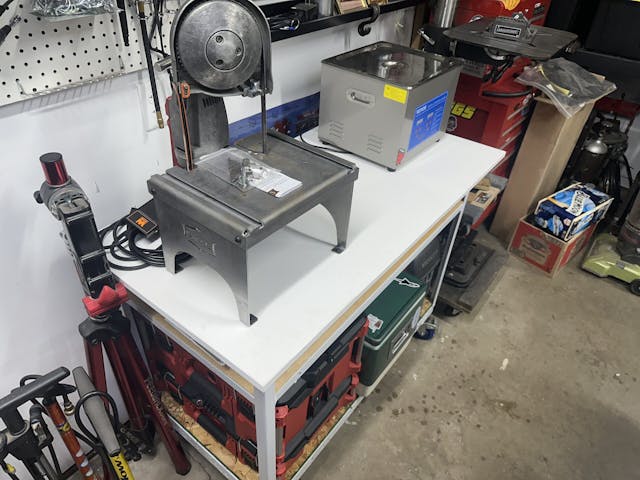
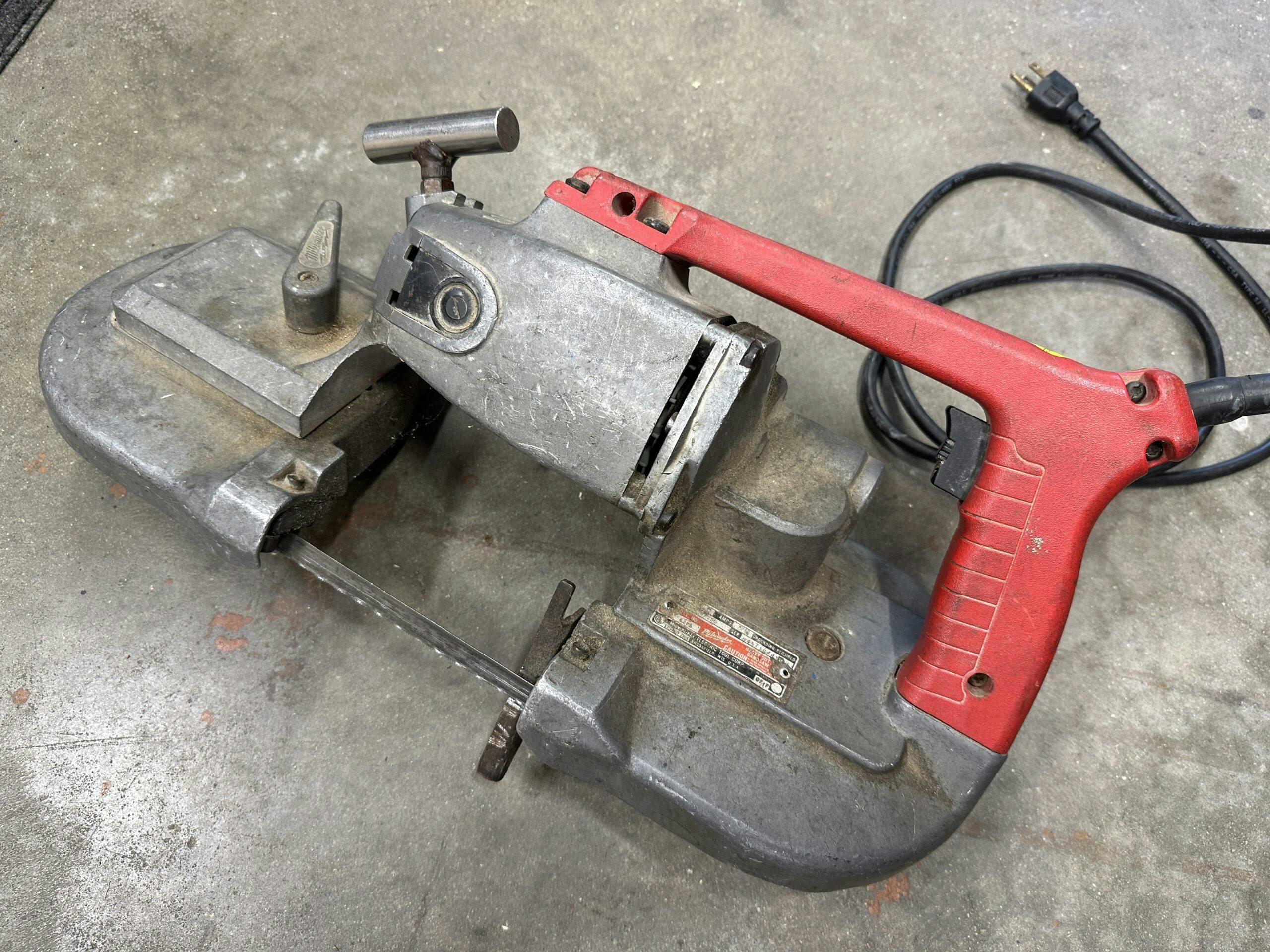
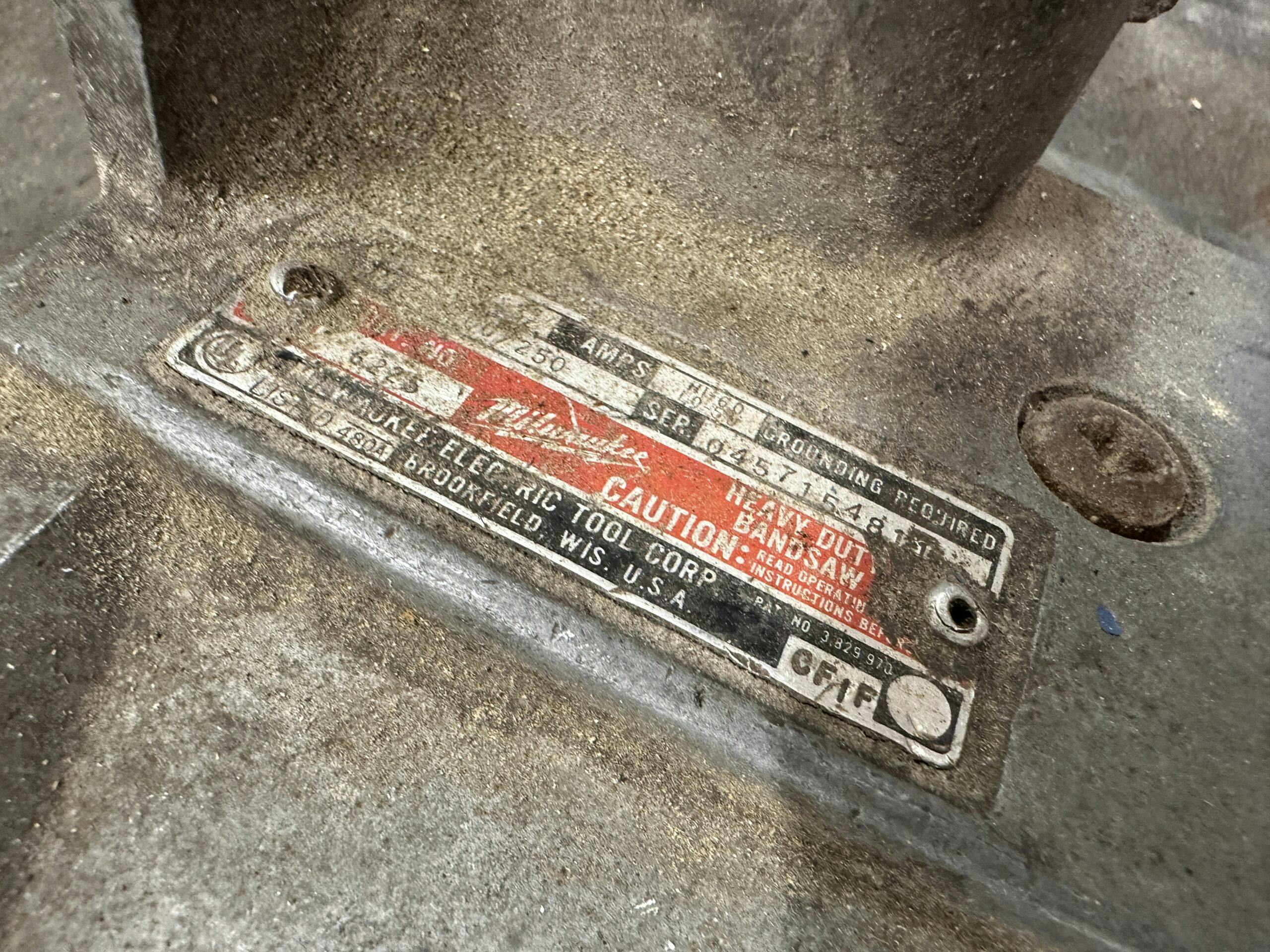
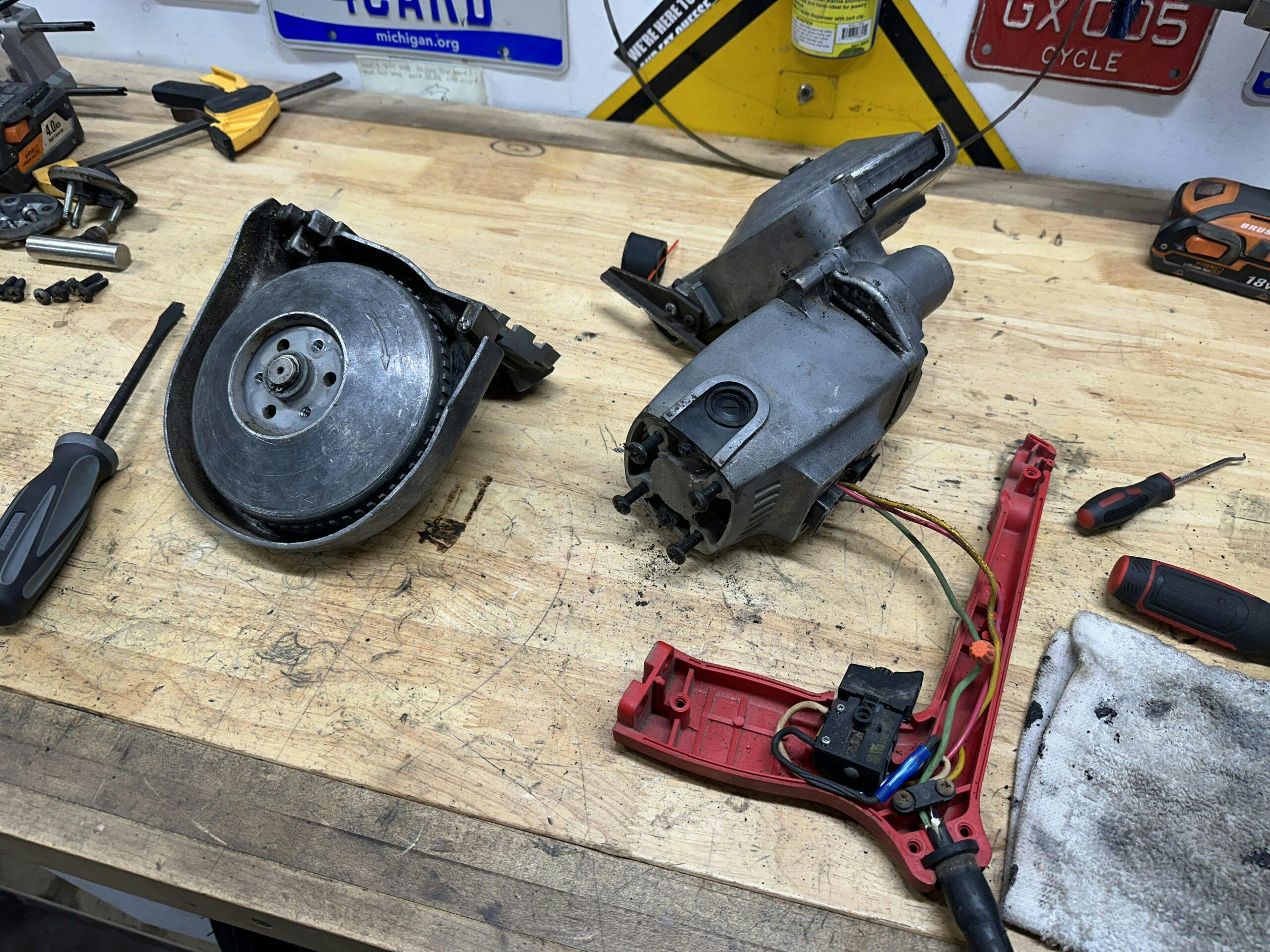
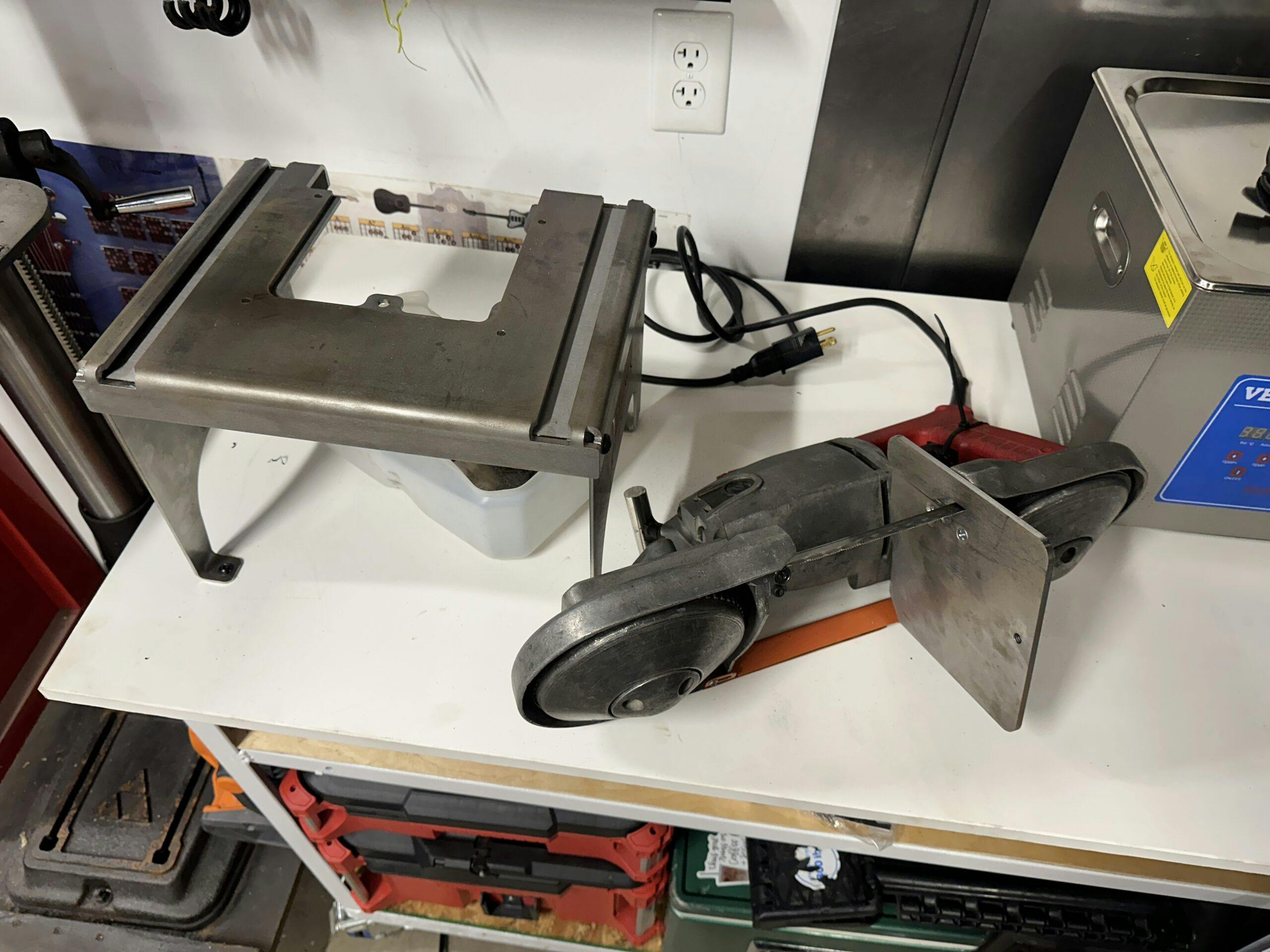
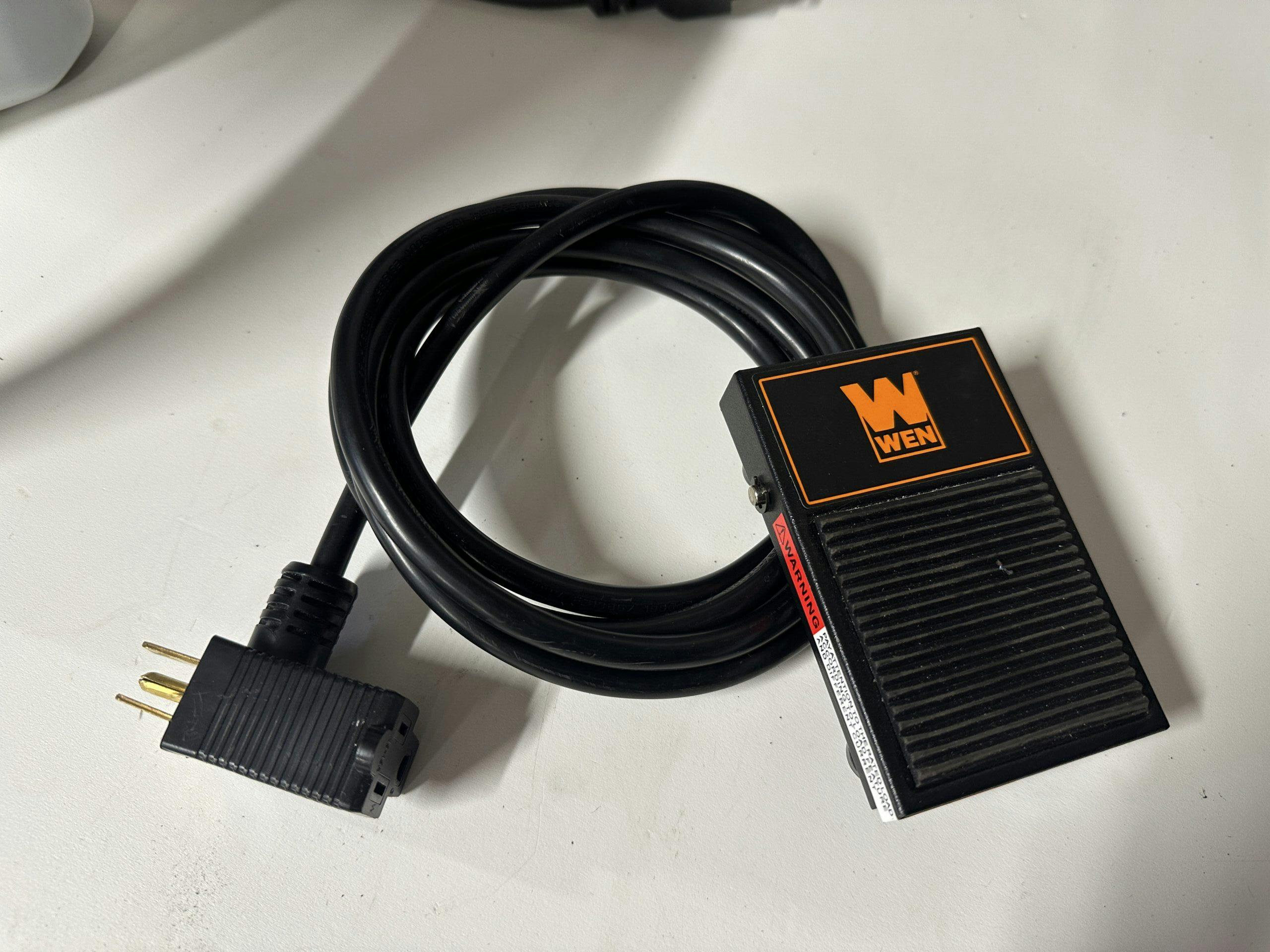

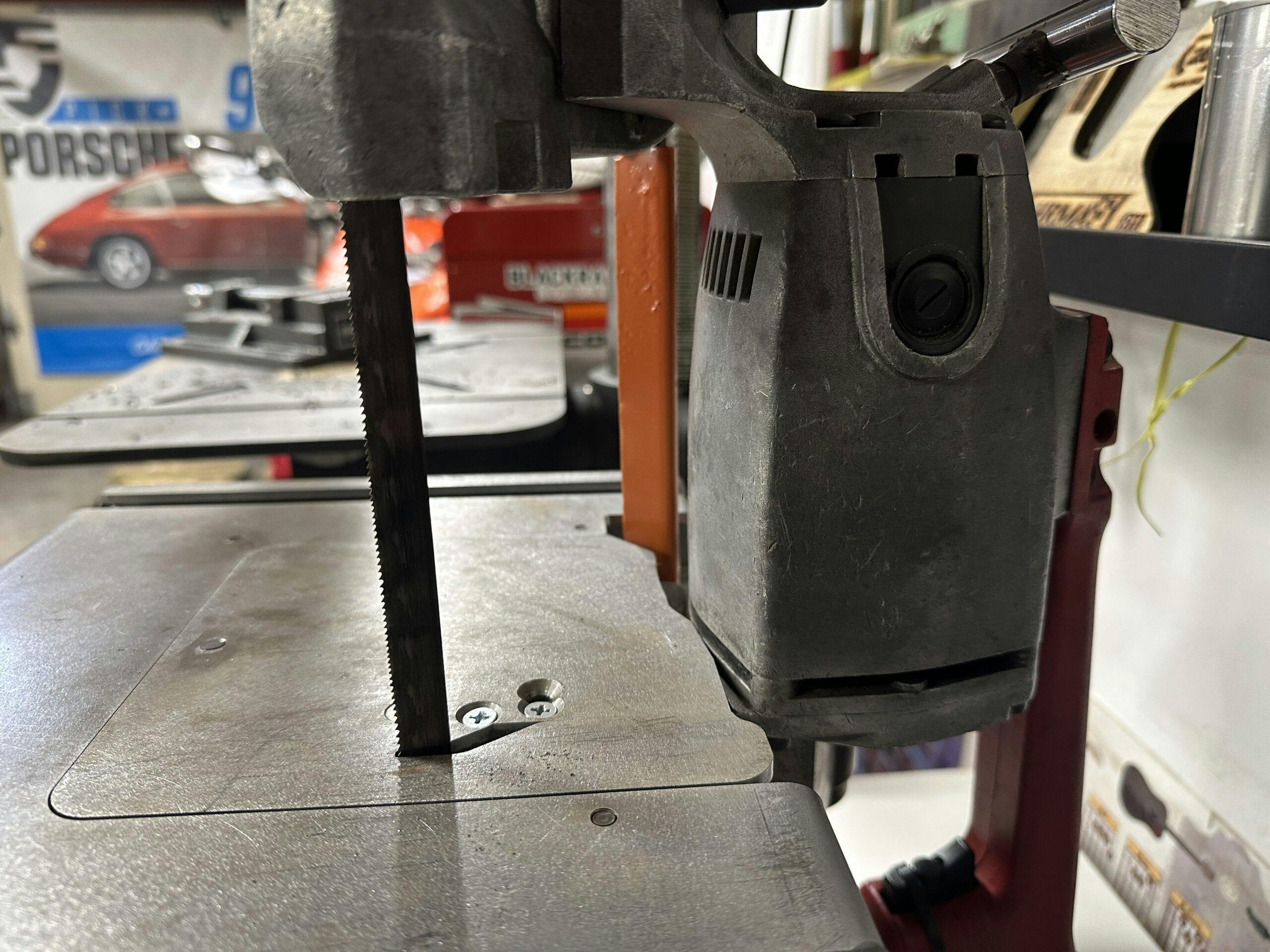
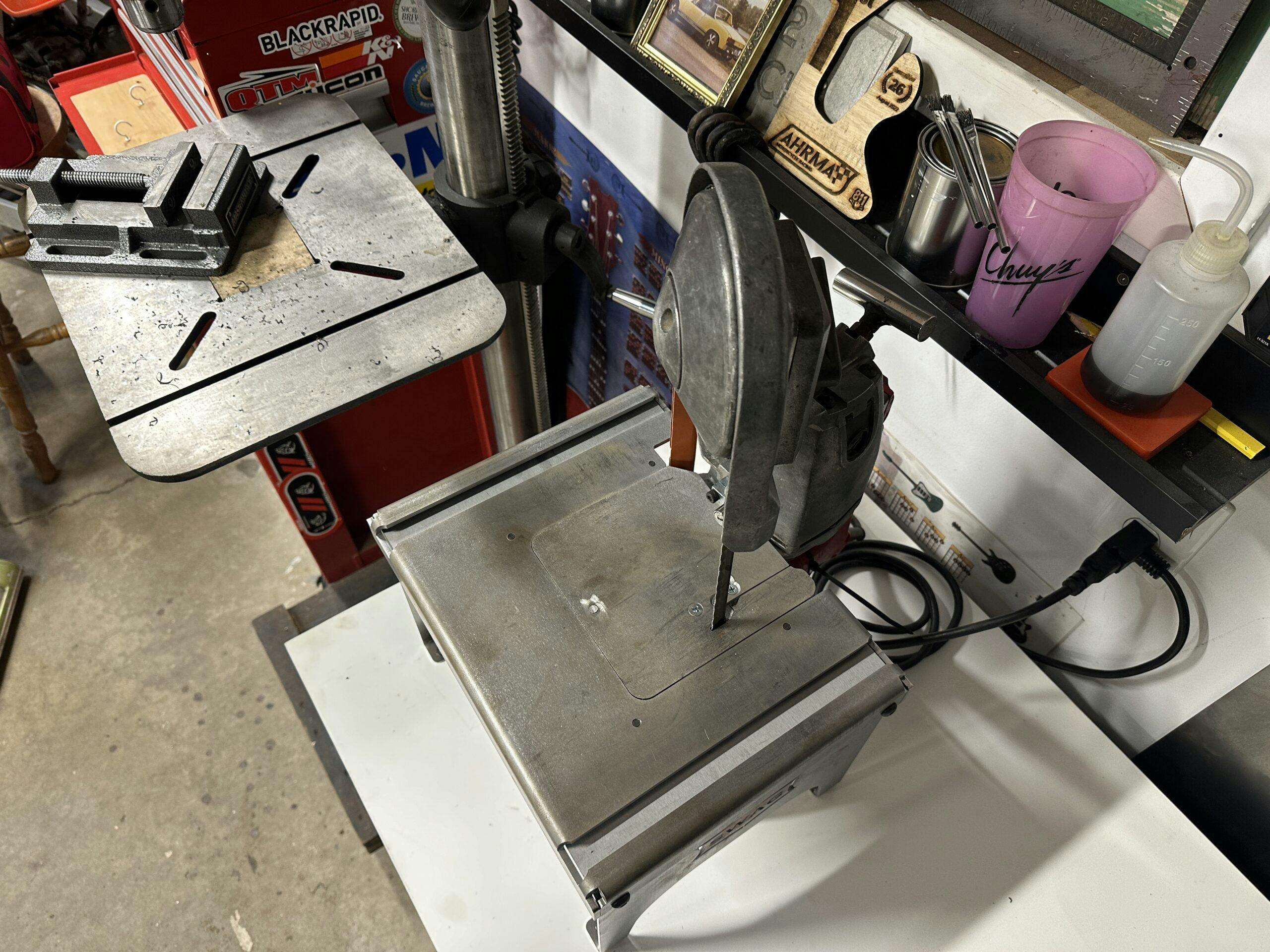

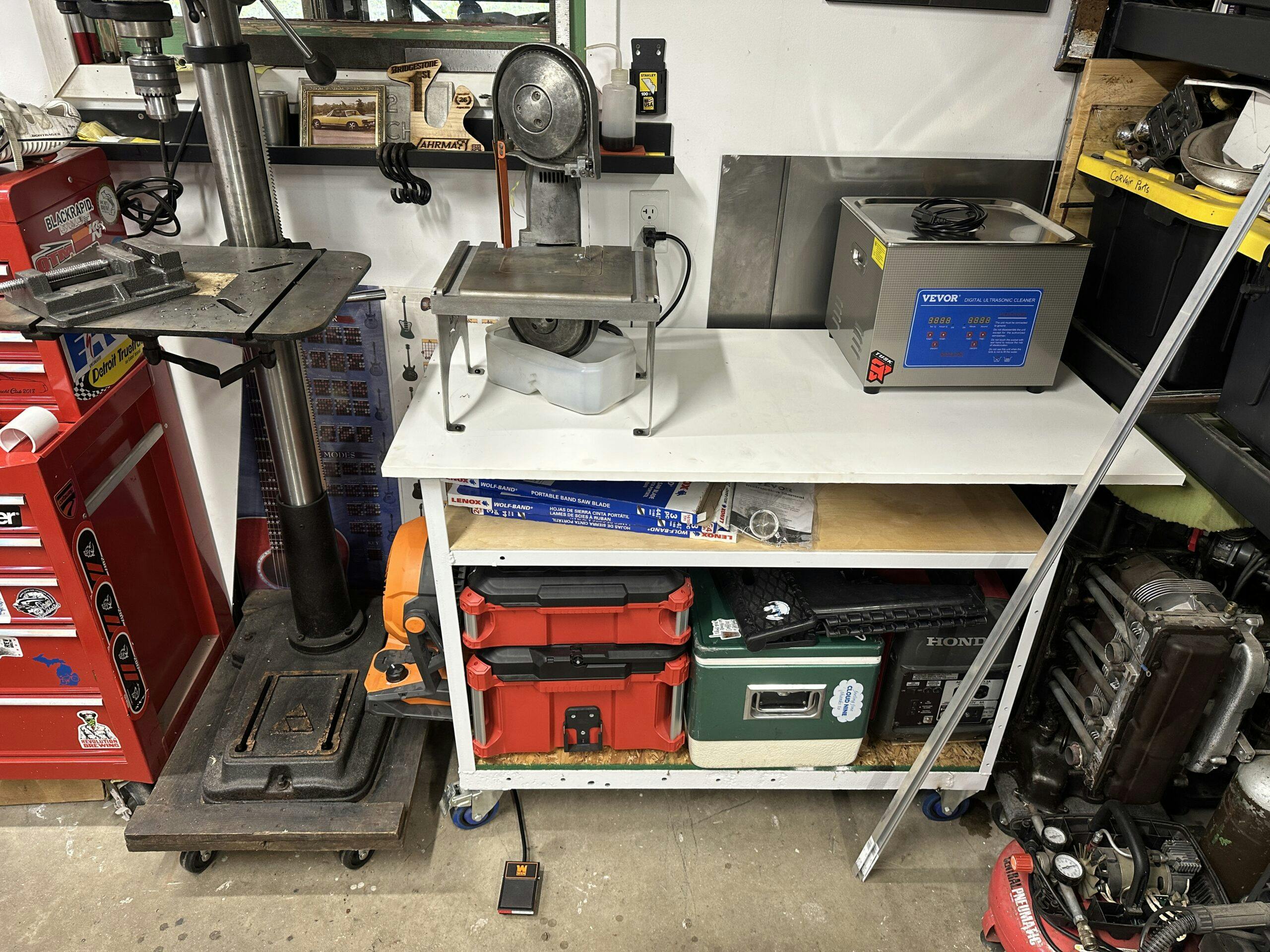


I’m gonna have to start checking out more estate sales!
It’s probably only 5% of the time I find anything worthwhile, but the search is part of the fun right?
A portable band saw is scarier than your drunken ex wife with your credit card.
Mounting it to a table makes it even scarier. If you get yourself while holding it, you will probably drop it before doing any real damage. That table arrangement looks hungry for fingers
Not so!! I’ve had one of these setups since right after Swag came out with the table. I had a floor mounted bandsaw for years & gave it away after I bought this. I have mine mounted on a small table with the saw sitting about waist high. For small close jobs I just have a small flat piece of wood to push the material thru to keep my fingers safe. The only problem with it is the saw blade is slightly angled & so you have to watch your cut to make sure it stays straight. You can buy 3 packs of blades at Lowes in varying tooth counts.
Having it solidly mounted makes it significantly safer. I would not want to be pushing stock into a moving blade while the tool is also moving slightly due to vibration and force. A firmly mounted tool that does not move, especially if it is to be used for cutting, is best. Not sure why you think this would be less safe.
It’s just just a question of ‘need’. Before you have a certain tool, you can get by. Once you have that tool, you will most likely use it, and appreciate it.
Very true. It’s also that I had been putting off a few projects because I didn’t want to fill my garage with grinding dust. This solved at least the dust problem.
I learned more reading this article than all your previous articles combined. Many thanks.
I never saw this article coming. :^)
Thank you, good night!
Sorry Kyle, I’ve seen 14″ band saws for sale on a couple of sites for less than half that price.
Interesting. I’m not opposed to upgrading in the future, care to share? In a quick search I didn’t find what you are describing.
Very cool Kyle! I might need to find a portable band saw and do the same thing. Neat idea, good story!
An easier way to do this with the possibility of a deeper throat plate is to buy a traditional bandsaw and change the gearing to a slower speed along with the correct metal cutting blades.